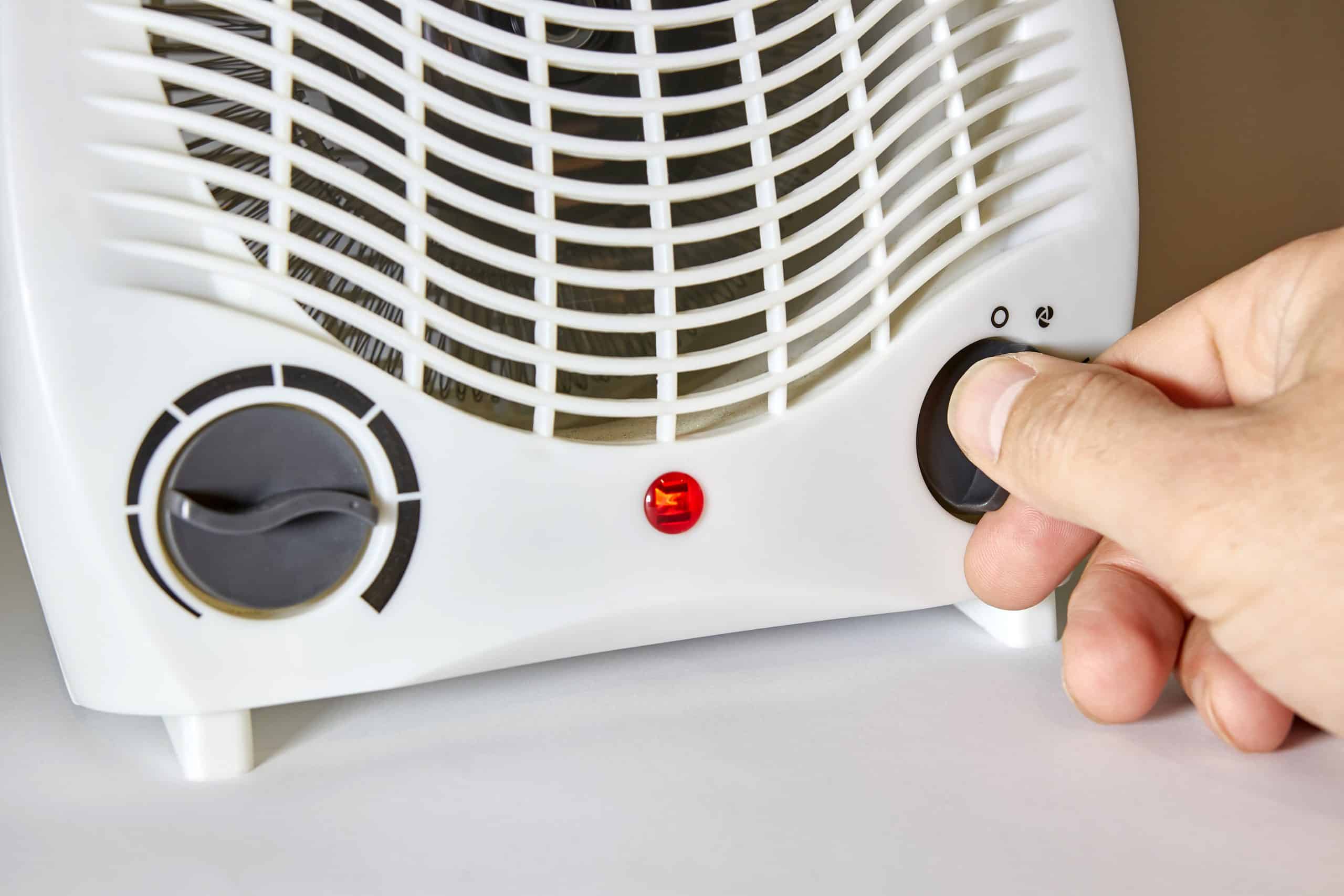You are not alone if you often feel cold while working at your desk. Many office environments are kept at lower temperatures for energy efficiency or to accommodate different preferences, but for some people, this can lead to discomfort and even muscle, bone and joint issues.
A personal heater at your desk can help maintain a comfortable temperature, keeping your muscles relaxed and reducing the risk of stiffness or tension. But not all heaters are created equal, and choosing the right one is key to staying warm without compromising air quality or safety.
Why warmth matters for muscle, bone and joint health
A cold workspace is not just uncomfortable. It can potentially impact your muscles, joints and circulation.
- Prevents muscle stiffness: Cold temperatures can cause muscles to tighten, increasing neck, shoulders, and lower back stiffness. This is especially noticeable when sitting for long periods.
- Reduces joint pain: Colder temperatures can increase discomfort and reduce mobility for those with arthritis or chronic pain. A personal heater helps maintain warmth, keeping joints more flexible.
- Supports better blood flow: When you are cold, your body reduces blood circulation to the extremities, leading to cold hands, poor dexterity and increased tension. Staying warm improves circulation, helping muscles function properly.
- Encourages relaxation and movement: Constantly tensing your shoulders or hunching over to stay warm can lead to poor posture and muscle fatigue. A warm environment allows for a more natural, relaxed sitting position.
How to choose the right personal heater for your desk
Not all heaters are suitable for office use, so it is important to pick one that is efficient, safe and doesn’t cause air quality issues.
1. Consider the heating type
- Ceramic heaters: Provide quick, consistent warmth and are generally safer as they do not overheat.
- Infrared heaters: Offer targeted warmth, ideal for heating your body without warming the whole room.
- Oil-filled radiators: Maintain heat well but take longer to warm up and require more space.
2. Choose a safe and energy-efficient model
- Look for overheat protection and auto shut-off features for safety.
- A heater with an adjustable thermostat helps maintain a consistent temperature without overheating.
- Opt for low-energy models to avoid high electricity costs.
3. Ensure it is office-friendly
- A quiet model is best to avoid disturbing colleagues.
- Avoid heaters that produce dry air, which can cause discomfort over long hours.
- Consider a compact size to avoid cluttering your workspace.
Final thoughts
A personal heater can be a simple yet effective way to support musculoskeletal health by keeping muscles relaxed, improving circulation and preventing stiffness. Choosing the right heater ensures you stay warm, comfortable and productive without compromising safety or energy efficiency.



